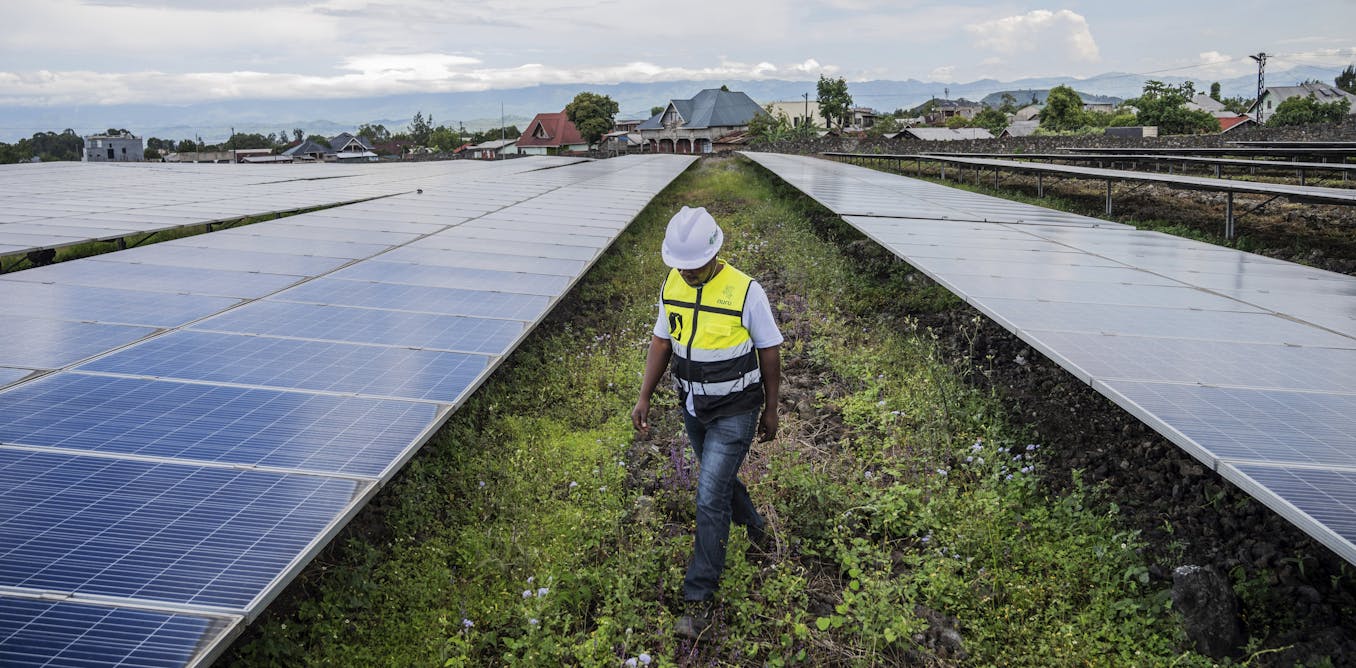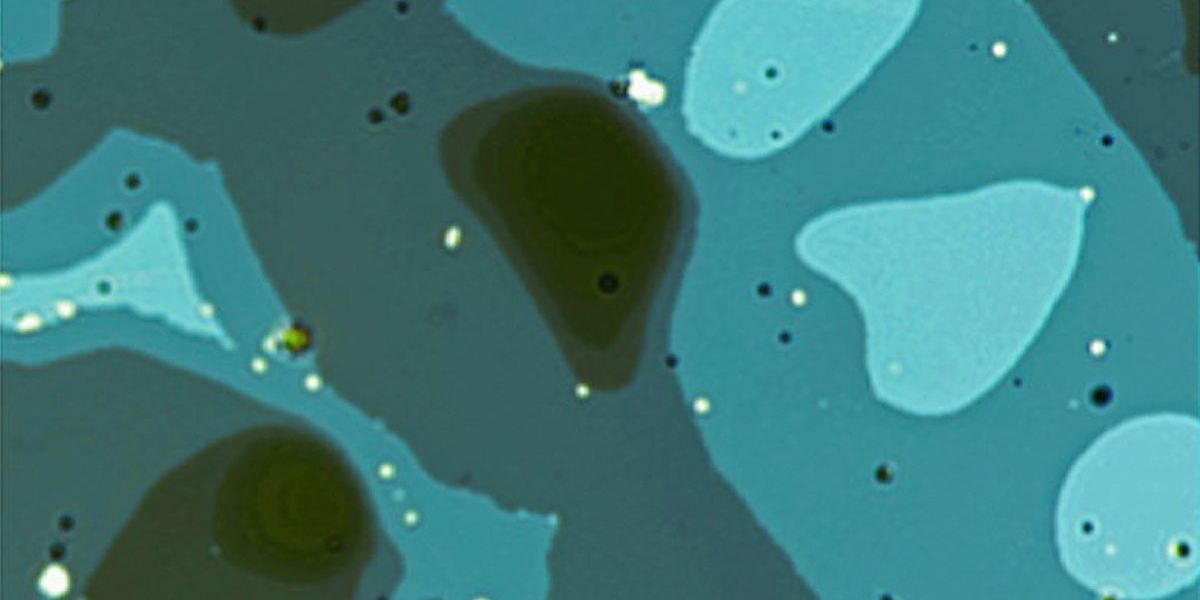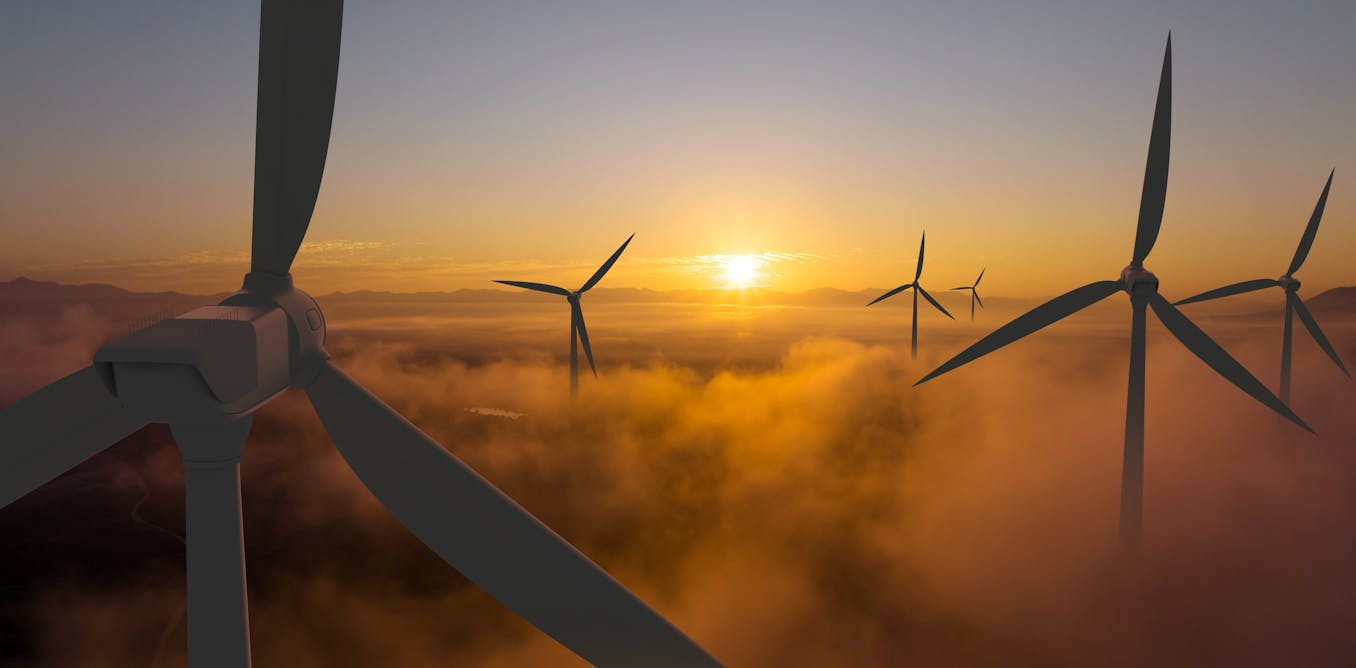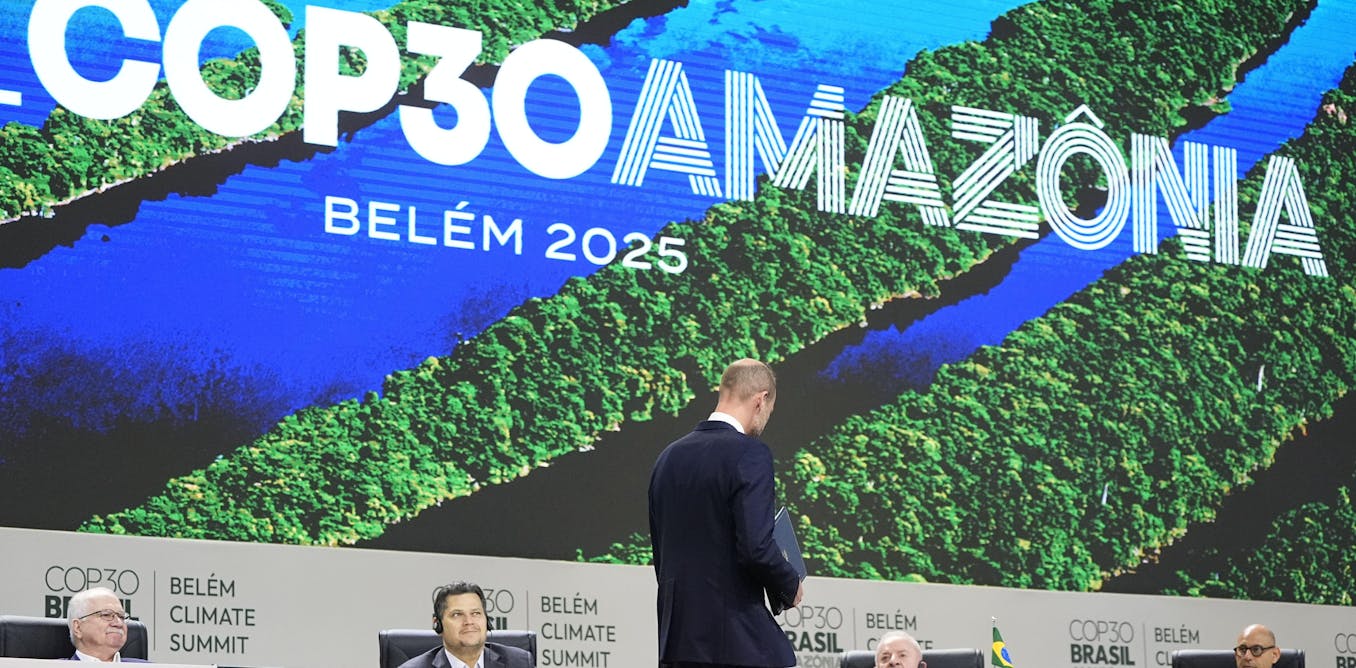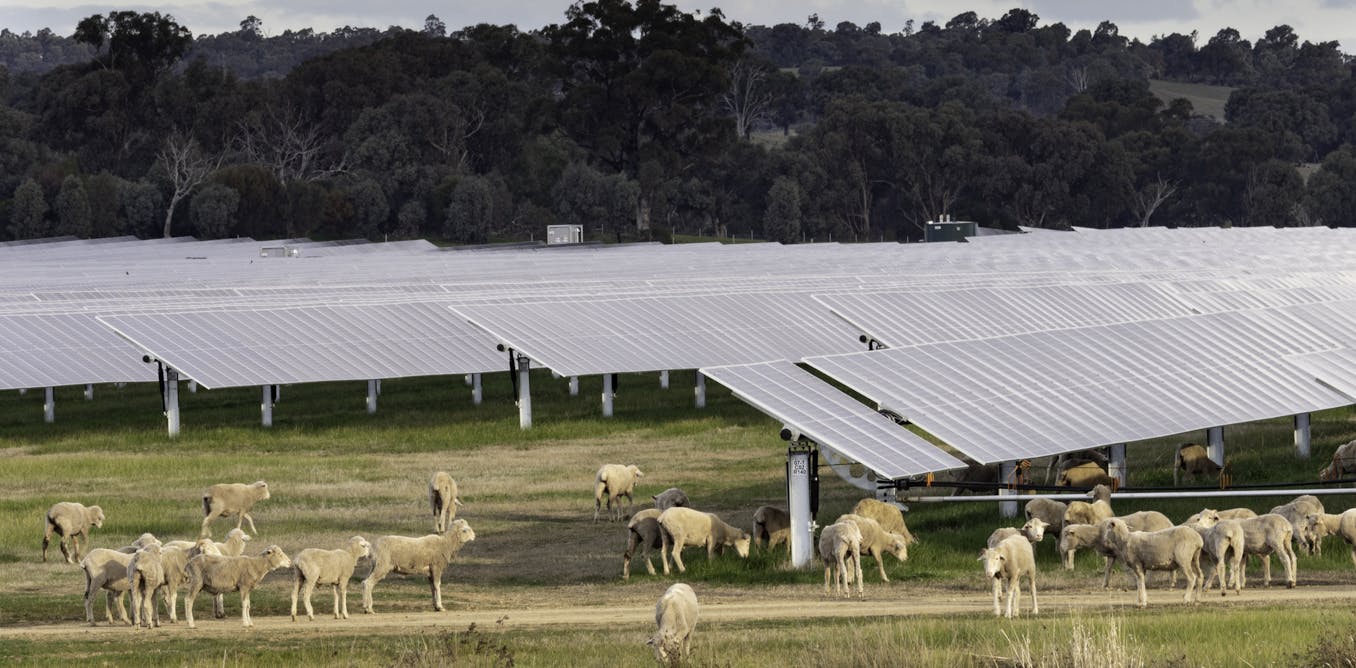Hydrogen, the most common element in the universe, holds great promise as a clean, efficient fuel. Now a new study reveals supercrystals of gold and platinum nanoparticles can generate a record-breaking amount of hydrogen gas from sunlight.
Scientists have long sought ways to harness sunlight to produce storable fuels that could be used when the sun doesn’t shine. One leading possibility is hydrogen, which only generates water as its by-product when consumed.
A promising set of catalysts for sunlight-driven hydrogen production make use of plasmons—waves of electrons that move along the surface of a metal after it’s been struck by photons. Metals such as gold, aluminum, silver, magnesium, and copper generate plasmons when illuminated with visible light from the brightest part of the solar spectrum. These interactions can produce intense electric fields on the surfaces of nanoparticles made from these plasmonic metals, boosting catalytic activity.
Sunlight shining on these nanoparticles—when immersed in a solution of hydrogen-rich molecules—could theoretically generate copious amounts of hydrogen fuel. However, in reality, shining sunlight on these nanoparticles in a hydrogen-rich, liquid environment turns out to catalyze a surprisingly small amount of hydrogen. The discrepancy between theory and reality, in this case, can be chalked up to a few factors: For one, the geometry is never ideal. Sunbeams traveling through densely packed mixtures of nanoparticles in solution can also reflect, refract, and be absorbed before they can reach a suitable nanoparticle surface ready to perform hydrogen catalysis. Moreover, sunlight can also break down the additives in the solution designed to keep the nanoparticles stable. This latter factor leads the nanoparticles to clump together, reducing available surfaces for catalytic activity.
In the new study, the researchers designed thin films of plasmonic nanoparticles arranged in orderly structures that they dubbed “supercrystals.” The aim of this strategy was to circumvent the problems of light penetration and unwanted clumping.
The scientists experimented with formic acid, a molecule that ants generate as venom against predators. Breaking down formic acid yields a molecule of hydrogen and of carbon dioxide. Formic acid is also massively produced as a by-product of the chemical industry, making it a convenient source of hydrogen, says study cosenior author Emiliano Cortés, at Ludwig Maximilian University of Munich. Moreover, formic acid is liquid at room temperature and pressure, simplifying its transportation when compared with hydrogen gas, Cortés adds.
The researchers fabricated hexagonal arrays of gold nanoparticles, with platinum nanoparticles in the gaps between the gold nanoparticles. Exposing these supercrystals to white light or sunlight led to intense electric fields in the gaps between the gold nanoparticles, enhancing the catalytic activity of the platinum nanoparticles. Cortés has
Read full article: Tiny Superlens Refocuses the Solar-to-Hydrogen Game

The post “Tiny Superlens Refocuses the Solar-to-Hydrogen Game” by Charles Q. Choi was published on 01/03/2024 by spectrum.ieee.org












